by U.S. Fire Administration
The tragic loss of life from the 19-story apartment building fire that occurred in New York City on Jan. 9 reminds us of the fire and life safety challenges that tall buildings present to the emergency services and to the occupants who live or work in them.
High-rise design challenges and features
Because of the inherent nature of tall buildings and a series of historic fires, the practice of protecting the people who live and work in high-rise buildings has evolved over the years. Very specific sets of precautions that incorporate the most effective means of fire protection are included in every building’s design.
Often defined by their height, high-rise buildings have a formal definition in modern building codes. Occupied floors located high above the ground present many serious challenges for fire and life safety, such as:
- Fire and smoke tend to spread vertically because of the buoyant nature of the heat produced during a fire. Buildings with occupied levels above a fire floor pose a significant danger if the fire is not extinguished quickly.
- It can be difficult to evacuate large numbers of people from elevated floors, resulting in longer evacuation times and challenges for first responders trying to reach the elevated floors.
- Fire department aerial apparatus can only access a limited number of floors from the ground, complicating firefighting operations.
For these reasons, modern high-rise buildings are required to incorporate several design features that limit the likelihood of fire, quickly detect and suppress fires that occur, and protect occupants during an evacuation. Features generally required include:
- Fire-rated compartmentation.
- Noncombustible construction.
- Fire alarm systems, including fire department communications systems.
- Automatic fire sprinklers.
- Smoke control systems.
- Multiple fire- and smoke-protected exit stairs.
Very tall buildings, typically ones greater than 420 feet in height, are required to have an additional stairway.
Safety messages to share
Emergency actions by occupants will vary slightly depending on familiarity with the building layout and the design of the building’s safety systems. People who live or work in a high-rise are often more familiar with the location of exits and fire alarm pull stations. Conversely, people who are visiting a high-rise for a short duration, such as for a meeting or a hotel stay, might be more reliant on building staff or audible and visual notifications to know what to do in an emergency.
Include these safety messages in your fire and life safety outreach to high-rise building occupants.
Key messages for the public
- Always familiarize yourself with the fire safety features in a building, especially the locations of exits.
- Practice your exit route. Make sure exits are not blocked.
- Do not chock or prop stairway or corridor doors open.
- Remember to close doors when you leave the room.
- Report nonfunctioning or damaged fire protection features, such as an automatic door closer.
- Do not tamper with life safety devices.
- In the event of a fire, stay calm and follow the plan. Call 911 for help.
If you don’t live or work in the building
Familiarize yourself with a building when you first enter it. Note the locations of exits, fire alarm pull stations, fire extinguishers, etc. Look near exits or in the lobby for maps and diagrams showing the location of these items. Always have a plan for what to do in an emergency and practice it.
If a fire occurs
- Quickly and safely proceed to the nearest stair exit and close any doors behind you. Do not use elevators during a fire as they may become disabled or be secured by first responders for their operations and rescues.
- Shout “fire” or pull the fire alarm as you make your way to the nearest exit.
- Close the stair or corridor door(s) to help ensure that smoke and fire do not fill the stairwell or corridor and make it difficult to use. Most stair enclosures are constructed of fire-resistant walls and doors and have mechanical pressurization systems that blow outside air into the stairwell. These systems work best with doors closed.
- Continue down the stairs until you reach the ground floor and fully exit the building. In some cases, exit stairs will discharge to a lobby space. If so, quickly locate the nearest exit to the outside.
- Call 911. Notify any building staff that you encounter of the fire so they can take appropriate preplanned actions or assist fire and emergency medical services when they arrive.
Additional Considerations
Not all tall buildings meet the modern standards described above. Some may predate these safety requirements or have unique alterations that can be confusing. Occupants must be familiarized with the locations of exits when entering a building for the first time.
If a person cannot self-evacuate or use the stairs, they should call 911 for help and be prepared to shelter in place. Sheltering in place may mean sheltering within an individual room with the door closed and using a wet towel to seal the cracks around the door.
Fire Escape Plan Tips
These pictographs will help you to overcome literacy barriers and communicate fire escape plan messages with pictures to high-risk populations.
Home Escape Plan
Make a home escape plan. Draw a map of each level of your home. Show all doors and windows. Go to each room and point to the two ways out. Practice the plan with everyone in your household.
Building Escape Plan
Learn your building’s emergency evacuation plan. Make a home escape plan that includes it. Go to each room and the building exits and point to the way out. Practice the plan with everyone in your household.
Children Safety in High rises
Teach your children how to escape on their own in case you cannot help them. Make sure they can open windows, remove screens and unlock doors.
They must use the stairs to escape, not the elevator. Teach them to feel the door before escaping. If the door feels cool, unlock the door and check outside. Practice using the exit stairs.
Teach them to feel the door before escaping. If the door feels warm, or if there is smoke on the other side, they should stay inside and call the fire department from the apartment. Teach them to signal for help at the window with a light-colored cloth or a flashlight.
Fire Alarm Drills
Push the button on your smoke alarm to start your home fire drill. Practice what to do in case there is smoke. Get low and go. Get out fast.
Practice using the exit stairs and going to your meeting place.
Get low and go to your exit. Close the door as you leave your home. Never go back in for any reason. Meet at your meeting place.
Door Safety
Practice what to do if the door feels cool. Close doors behind you as you leave. Use the exit stairs to get out and stay out. Never go back inside. Go to your outside meeting place.
Practice what to do if the door feels hot. Call 911. Place a cloth outside your window to let firefighters know you are still inside.
Before opening your door, feel the door with the back of your hand. If it is hot, leave the door closed and use your second way out.
If you cannot get out, close the door and cover vents and cracks around the door with cloth to keep smoke out. Call 911 or your fire department. Say where you are and then signal for help at the window with a light-colored cloth or a flashlight.
Under certain circumstances, occupants might be directed to evacuate to a different floor.
In some cases, people with limited mobility can get to the nearest exit stairs. If it is clear or nearly clear of smoke, they can wait on the stair landing for assistance.
U.S. Fire Administration. The original post online contains social media postings and additional material for your community. Find more details online at https://www.usfa.fema.gov/blog/protecting-people-who-live-or-work-in-high-rises/
For more information
International Code Council. 2021 International Building Code and International Fire Code.
National Fire Protection Association. (2021). Fire Code (NFPA 1) and Life Safety Code (NFPA 101).

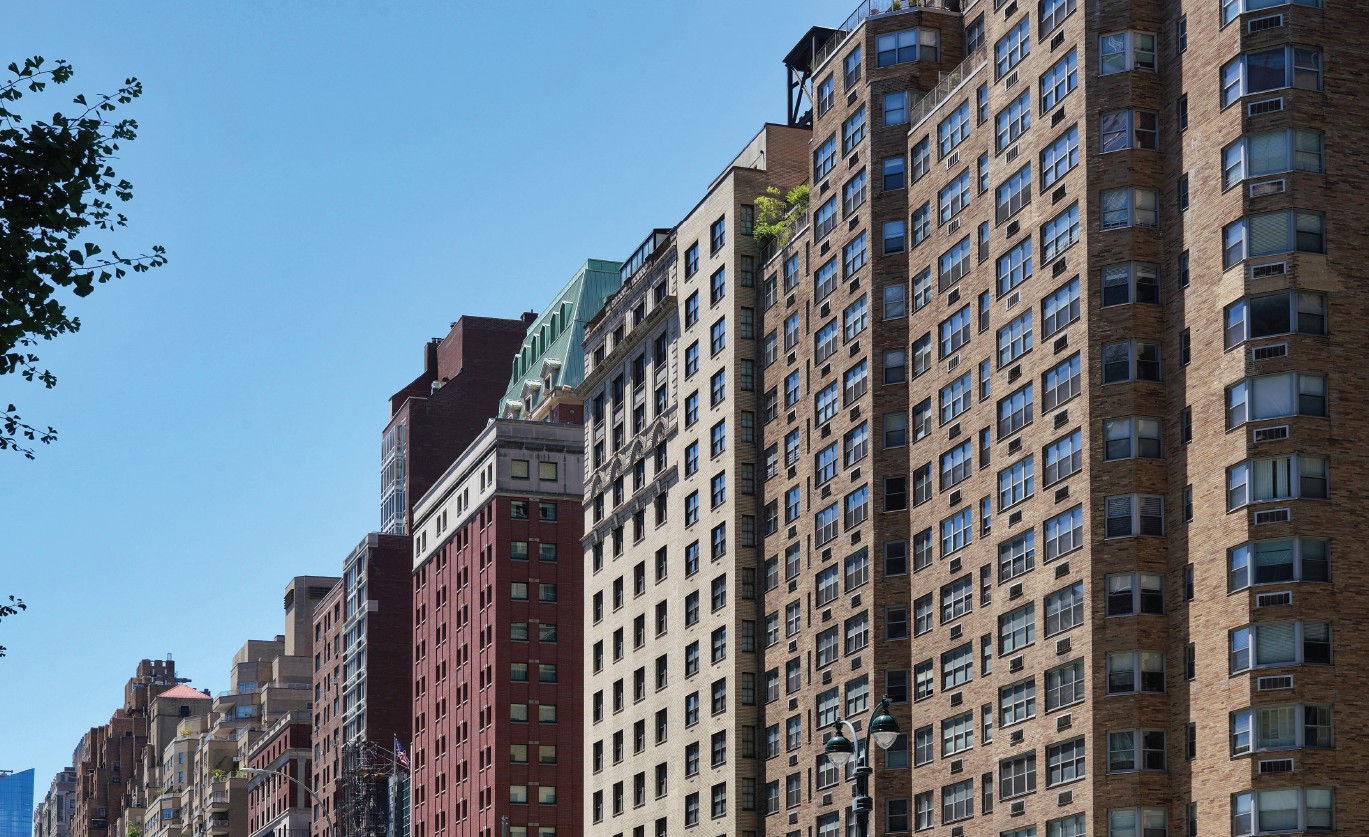










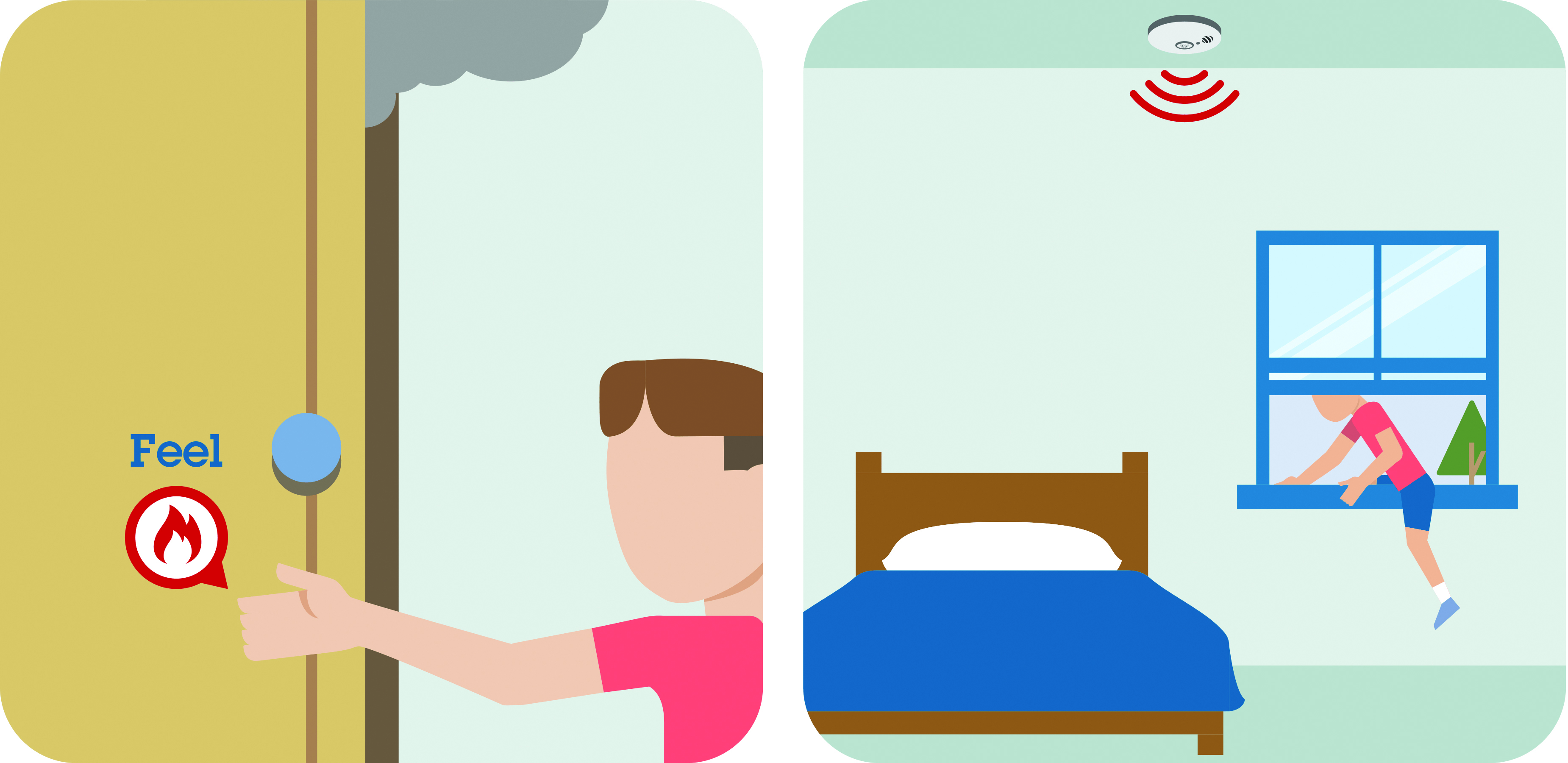

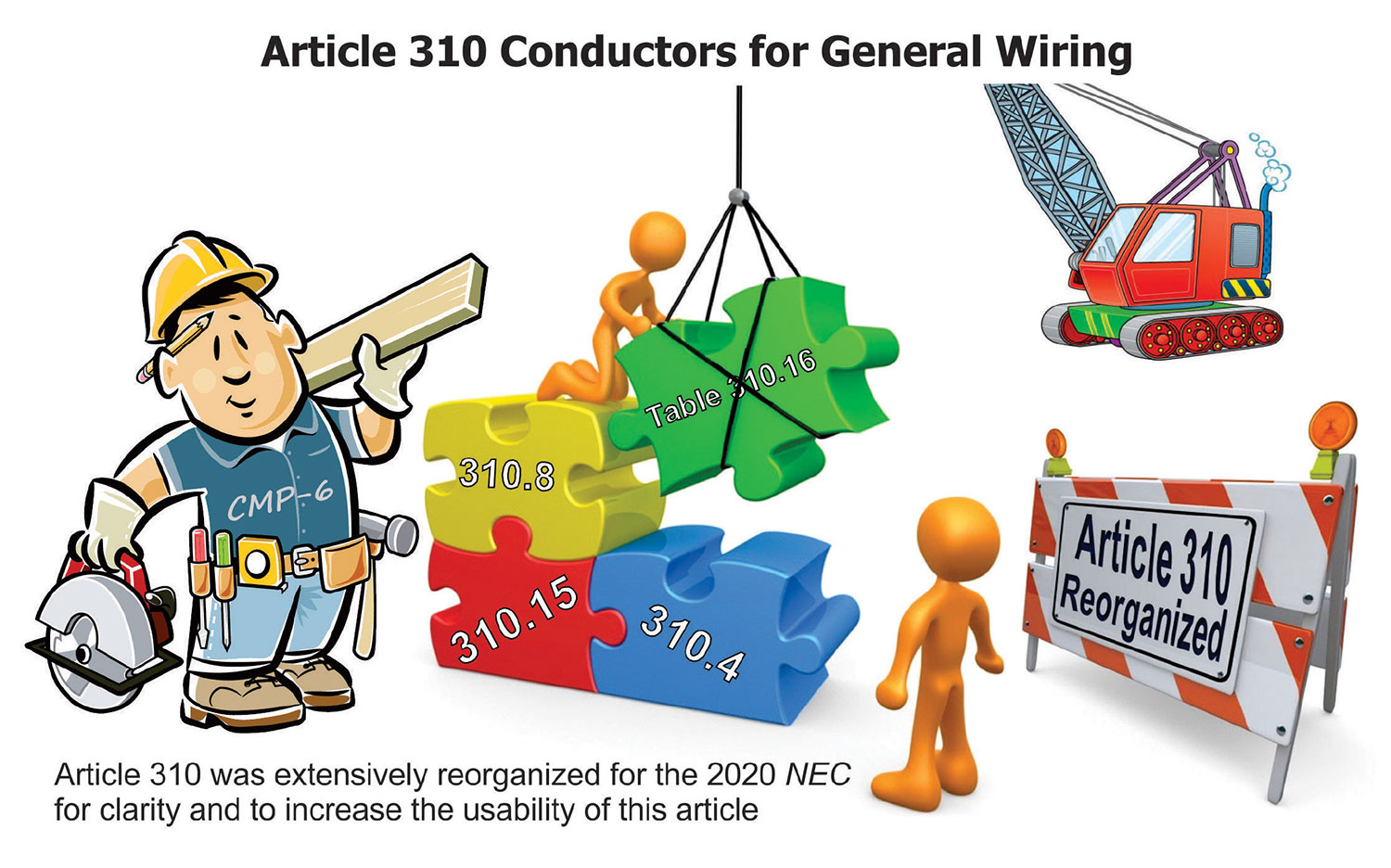
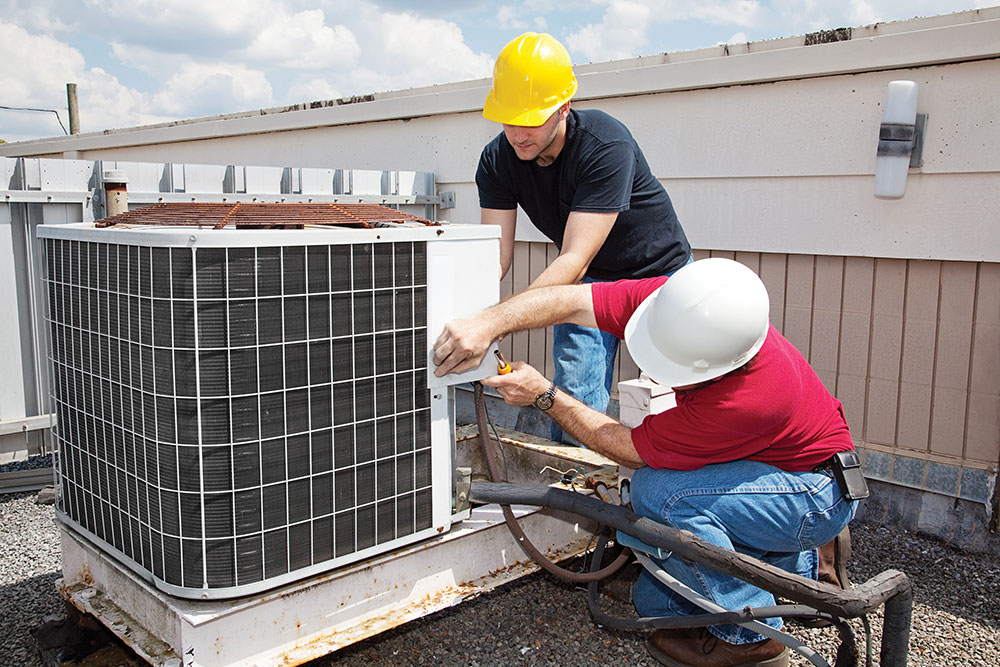

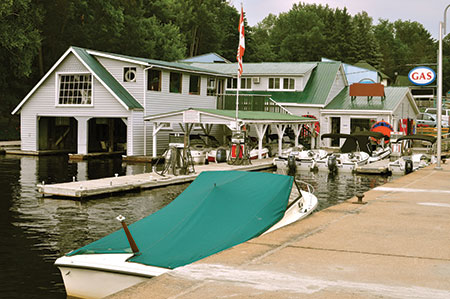



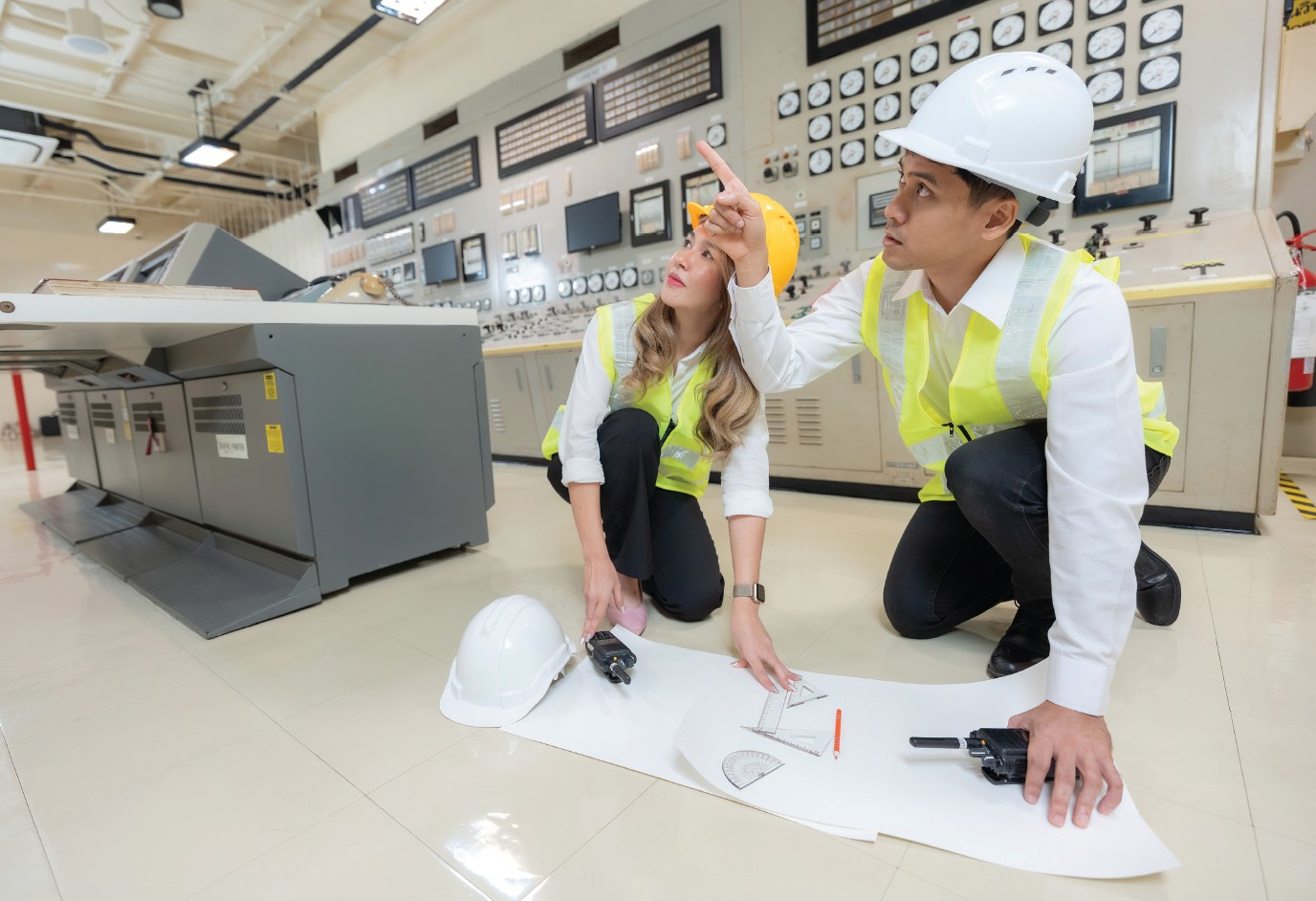

Find Us on Socials